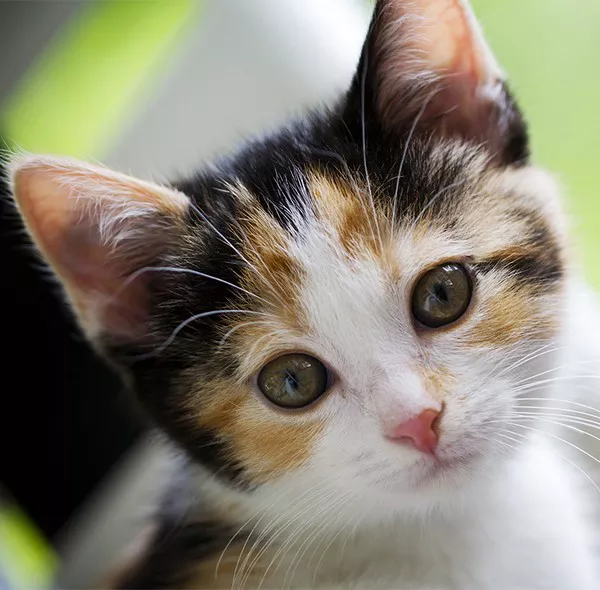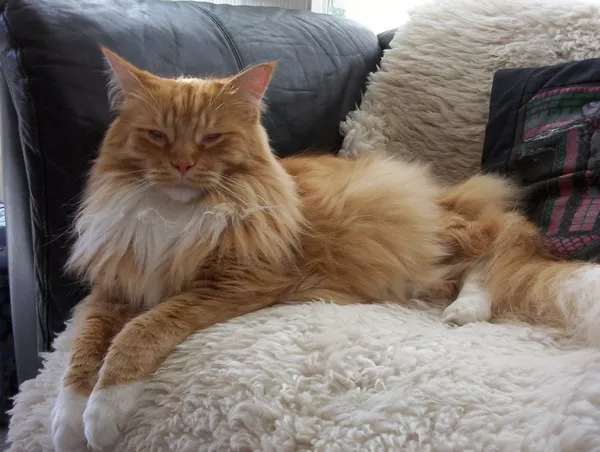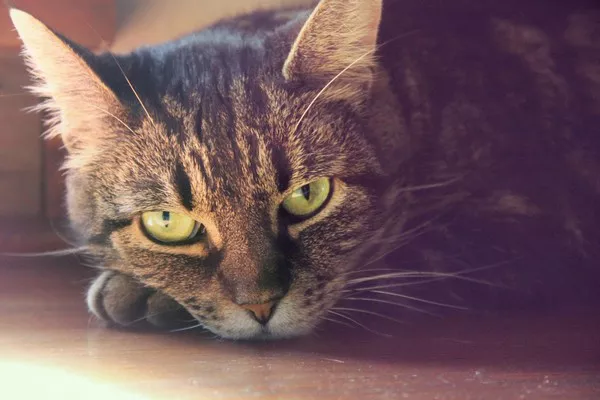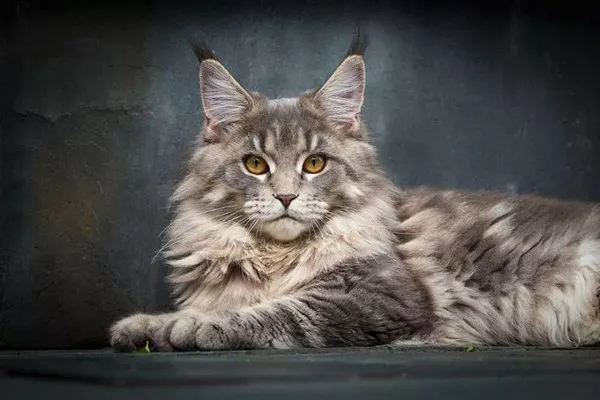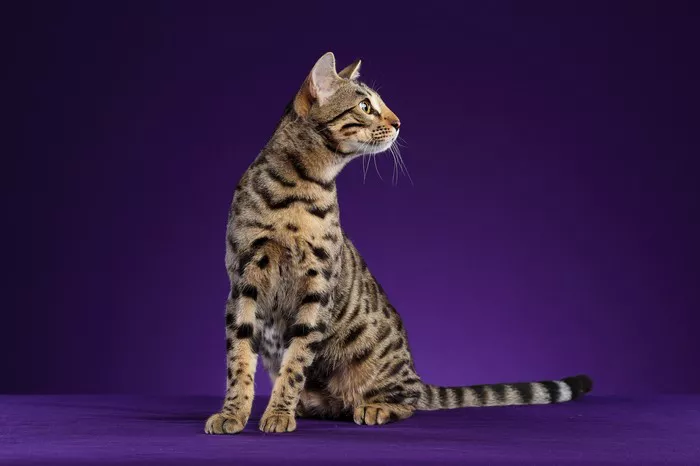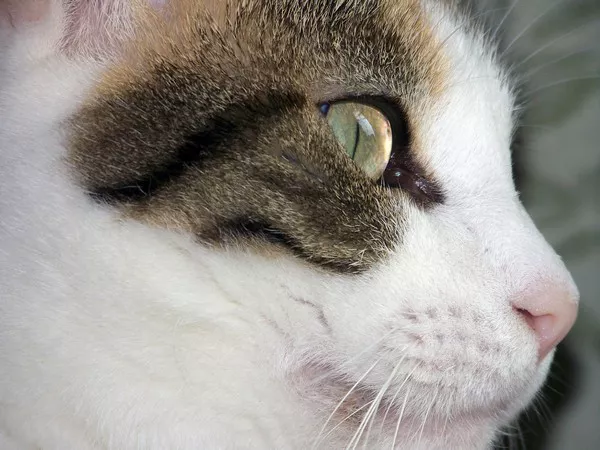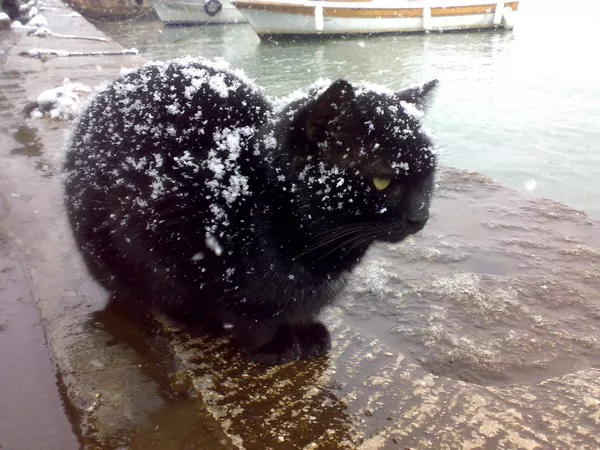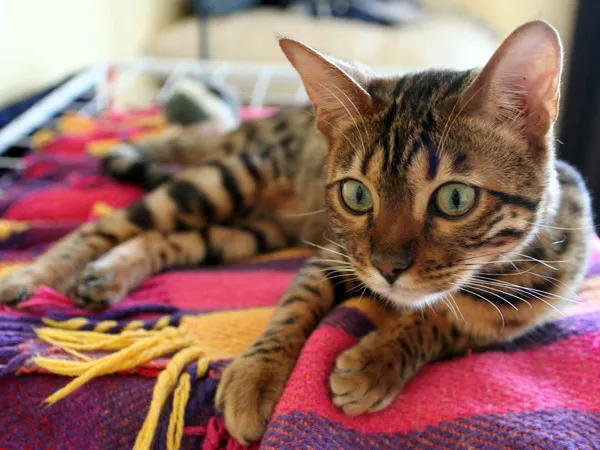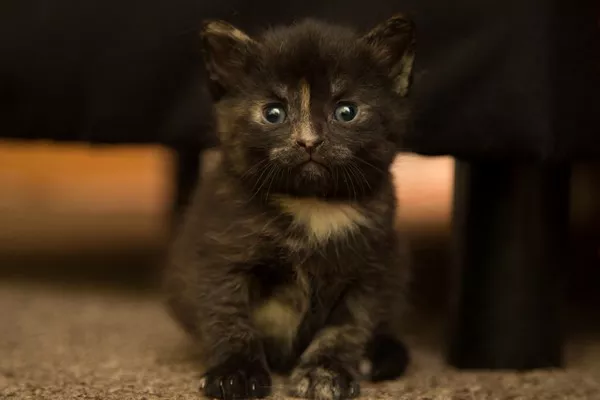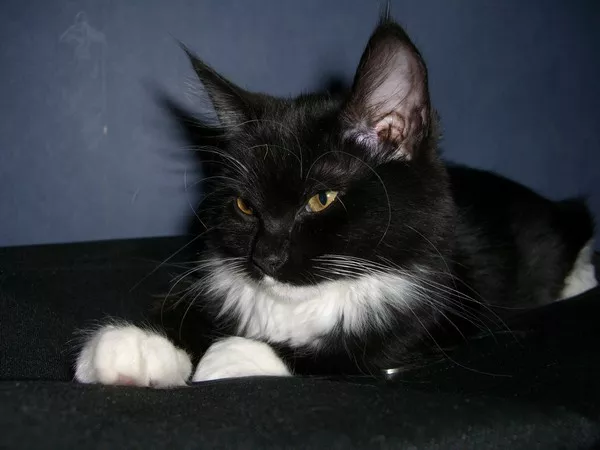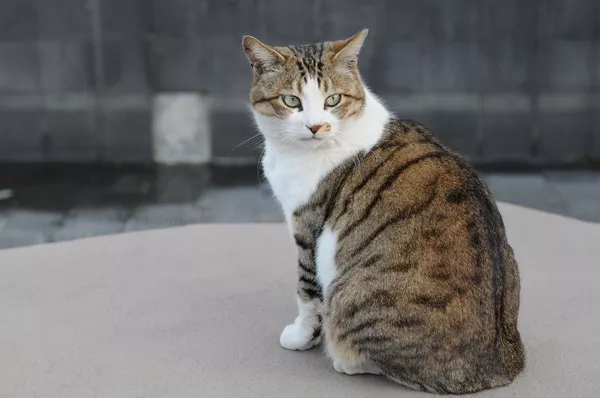Calico cats are one of the most unique and recognizable feline breeds due to their striking tricolored fur pattern. However, many people may not be aware of the fascinating history behind these beautiful cats and why they were originally bred. In this article, we will explore the origins of calico cats and examine the reasons behind their breeding.
What is a Calico Cat?
Before delving into their history, it is important to understand what a calico cat is. Calico cats are not a specific breed but rather a color pattern that can be found in many different breeds of domestic cats. They are typically identified by their white fur with patches of orange and black or brown fur. The exact ratio and placement of the colors can vary greatly between individual cats.
Origins of Calico Cats
The exact origins of calico cats are unknown, but it is believed that they have been present in various parts of the world for centuries. One theory suggests that calico cats were first bred in Egypt over 3,000 years ago, where they were highly regarded for their unique appearance. Another theory suggests that calico cats were first bred in Japan during the Edo period (1603-1867), where they were considered to be symbols of good luck and prosperity.
Reasons for Breeding Calico Cats
There are several reasons why calico cats were historically bred, some of which may surprise you. Here are some of the main reasons:
1. For their Appearance
One of the main reasons why calico cats were historically bred was for their unique and eye-catching appearance. Their tricolored fur pattern is visually stunning and has been prized by cat lovers for centuries. In fact, in ancient Egypt, calico cats were often depicted in artwork and were even mummified alongside their owners as a symbol of wealth and status.
2. As Working Cats
Calico cats were also valued as working cats on farms and in households. Their ability to hunt rodents such as mice made them particularly useful for keeping food stores safe from pests. In Japan, calico cats were often kept on ships as they were believed to bring good luck and protect against evil spirits.
3. Superstitions and Symbolism
Calico cats have also been associated with various superstitions and symbolism throughout history. In Japan, for example, calico cats were considered to be good luck charms and were often given as gifts to bring prosperity and happiness to the recipient. In some parts of the United States, calico cats are believed to bring good fortune to their owners.
Health Concerns
While calico cats are beloved by many, it is important to note that they can be prone to certain health concerns. One of the most significant health issues that calico cats can face is feline immunodeficiency virus (FIV). This virus suppresses the immune system, making it more difficult for cats to fight off other infections.
Additionally, calico cats may be more prone to certain types of cancer. This is because the gene responsible for the tricolored fur pattern is linked to a higher risk of developing tumors. It is important for calico cat owners to be aware of these risks and to work closely with their veterinarians to ensure their pets receive proper care.
What two breeds make a calico?
Calico is not a breed of cat, but rather a coat color pattern that can be found in several breeds. The calico pattern is a combination of three colors – white, black, and orange (also known as red). To produce a calico cat, the cat must inherit genes for both black and orange coat colors, usually from two different parents. Therefore, any breed of cat that can have black and orange coat colors can produce a calico, such as the American Shorthair, Persian, or Siamese.
Why are calico cats always female and never male?
Calico cats are almost always female because the genes that control the calico coat color are on the X chromosome. Female cats have two X chromosomes, while male cats have one X and one Y chromosome. In order to express the calico coat pattern, a cat must inherit two different versions of the gene – one from each parent. Since females have two X chromosomes, they can inherit two different versions of the gene and thus can be calico. However, males only have one X chromosome, so they can only inherit one version of the gene. This means that it is very rare for a male cat to be calico, and when it does occur, it is usually because the male cat has an extra X chromosome (XXY) or there was a genetic mutation.
Conclusion
In conclusion, although calico cats are not a specific breed, they are highly valued for their striking appearance and unique history. They have been bred for a variety of reasons throughout history, including their usefulness as working cats and their association with good luck and prosperity. While they are generally healthy cats, it is important for owners to be aware of potential health concerns and to work with their veterinarians to ensure their pets receive proper care.

